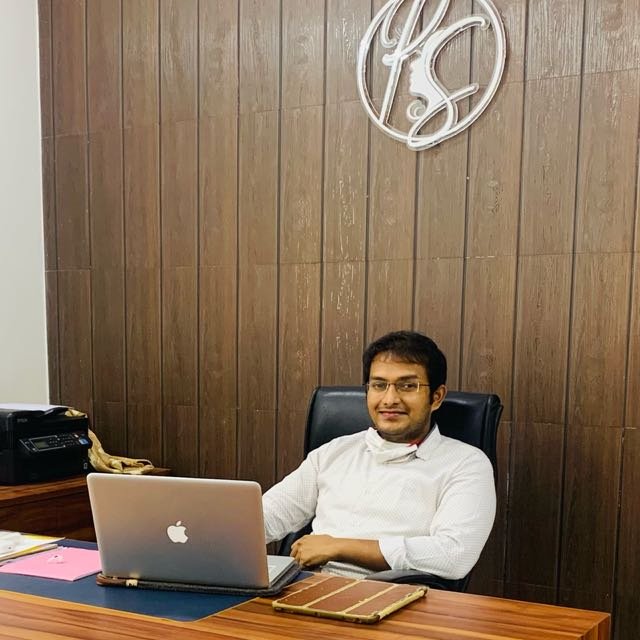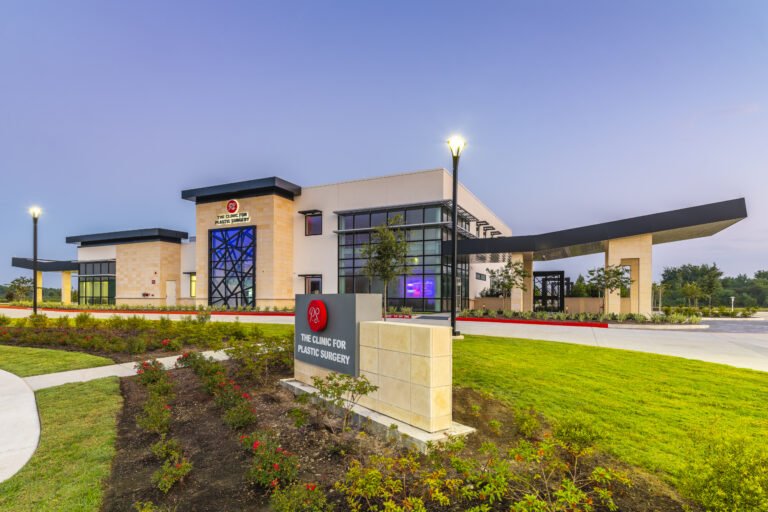Getting a SMAS facelift (Superficial Musculoaponeurotic System facelift) in South Korea is a smart choice for those seeking natural-looking, long-lasting facial rejuvenation—but planning an overseas cosmetic procedure can feel overwhelming. To help you prepare, this step-by-step guide breaks down everything international patients need to know before, during, and after their facelift journey in Korea.
🇰🇷 Why Choose Korea for a SMAS Facelift?
South Korea is known for:
- Highly skilled plastic surgeons with extensive experience in deep-layer facelifts
- Aesthetic principles focused on natural enhancement
- State-of-the-art facilities using advanced surgical techniques and technology
- Lower prices compared to the U.S., UK, and Australia
- A medical tourism system designed to support international patients from arrival to recovery
🧳 Step-by-Step Guide to Planning Your Trip
1. 🧠 Research Clinics and Surgeons Thoroughly
Start by identifying reputable clinics in Seoul (or Busan) that specialize in SMAS facelifts. Look for:
- Board-certified plastic surgeons (especially those certified by the Korean Society of Plastic and Reconstructive Surgeons)
- Before-and-after photos of real patients
- Verified reviews from international clients
- English-speaking staff or multilingual patient coordinators
💡 Tip: Contact 2–3 clinics and request online consultations. Many offer free virtual assessments where you can send photos and discuss your goals before traveling.
2. 📄 Prepare Travel Documents and Medical Visas
Most international patients can enter Korea on a tourist visa (K-ETA or visa-free entry, depending on nationality). However, if your country requires a visa:
- The clinic can issue a medical invitation letter
- Apply for a C-3-3 Medical Tourism Visa (if staying longer or undergoing combined treatments)
Make sure your passport is valid for at least 6 months, and check current COVID-19 or vaccination requirements, if any.
3. 💰 Understand the Cost and Payment Options
SMAS facelift costs in Korea typically range from $6,000 to $12,000 USD, depending on:
- Surgeon’s experience
- Complexity of the lift (e.g., mid-face + neck lift)
- Additional procedures (fat grafting, skin laser, etc.)
Ask for a detailed quote and confirm:
- What’s included (surgery, anesthesia, pre/post-op care)
- What’s not (lab tests, medications, accommodation)
- Accepted payment methods (many clinics take international credit cards or cash)
4. 🏨 Book Flights and Recovery-Friendly Accommodations
Ideal stay: 10 to 14 days in Korea to allow for:
- Pre-op consultation and medical tests (1–2 days)
- Surgery and immediate recovery (1–2 nights at the clinic)
- Follow-up visits and suture removal (7–10 days post-op)
Choose a hotel near the clinic, ideally in Gangnam or Apgujeong, with:
- Elevator access
- Quiet surroundings
- Comfortable beds and access to light meals
Some clinics offer recovery packages with accommodations and nurse visits.
5. 🏥 What Happens Upon Arrival
Once in Korea, you’ll be greeted by the clinic or a concierge service (if arranged). Your itinerary typically includes:
- Pre-surgery consultation and 3D facial imaging
- Bloodwork and health screening
- Final consent and planning with your surgeon
- Surgery day (usually under IV sedation or general anesthesia)
- Post-op monitoring in the clinic for 1 night
6. 💆 Recovery and Aftercare
The SMAS facelift has a deeper dissection, so expect:
- Swelling and tightness for the first 5–7 days
- Possible bruising (especially around the jaw and cheeks)
- Compression bandage use for the first 2–3 days
- Suture removal around Day 7–10
Korean clinics often provide:
- Anti-swelling treatments like LED therapy, herbal packs, or cold masks
- Post-op care appointments to monitor healing
- Guidance on skincare, sleeping position, and diet
7. ✈️ Returning Home Safely
Before flying home, your surgeon will:
- Remove stitches or staples
- Check incisions for infection or fluid buildup
- Provide a post-op care guide for continued healing
- Suggest follow-up options (email check-ins, video consultations)
Flying tip: Bring a neck pillow and plan for light activity for the first few weeks after returning home.
💬 Bonus: Combine Your Facelift Trip with Travel
Many patients choose to explore Korea either before surgery (to avoid activity during recovery) or post-recovery with light sightseeing.
Popular pre-surgery visits:
- Gyeongbokgung Palace
- Bukchon Hanok Village
- Korean spa (jjimjilbangs)
- Traditional tea houses in Insadong
Stick to relaxing activities post-op, and avoid:
- Intense sun exposure
- Heavy exercise
- Long walking tours
📌 Quick Checklist for Your SMAS Facelift Trip to Korea
| Task | Timeline |
|---|---|
| Research and book a clinic | 1–2 months in advance |
| Get a passport/visa | 1 month before |
| Complete online consultation | 3–4 weeks before |
| Book flight and hotel | 2–4 weeks before |
| Pack essentials (meds, pillow, button shirts) | 1 week before |
| Arrive in Korea | 2–3 days pre-surgery |
| Recovery in Korea | 10–14 days total |
📝 Final Thoughts
South Korea offers one of the best environments for undergoing a SMAS facelift—world-renowned surgeons, cutting-edge technology, and a streamlined process for global patients. With thoughtful planning and the right clinic, your surgical trip to Korea can be smooth, safe, and incredibly rewarding.
If you’re ready to begin your SMAS facelift journey in Korea and want help choosing a clinic, building your itinerary, or preparing questions for your consultation—I can help. Just let me know what you need next!



